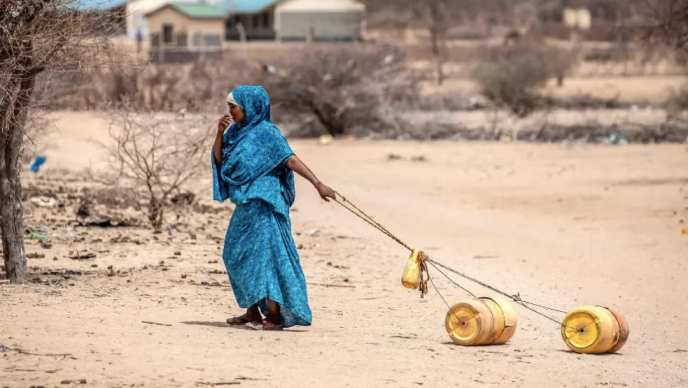Kenya has been listed among six countries in the Horn of Africa where the threat of famine is worsening, with millions of people now dependent on aid, a new regional report has shown.
The Intergovernmental Authority on Development (IGAD) on Tuesday released the Regional Focus of the 2025 Global Report on Food Crises, which highlights that Djibouti, Kenya, Somalia, South Sudan, Sudan and Uganda are facing deepening hunger levels.
The report reveals that in five of these countries; Kenya, Somalia, South Sudan, Sudan and Uganda the number of people in acute food insecurity has nearly tripled since 2016.
At that time, 13.9 million people were affected, compared to 41.7 million in 2025.
Sudan and South Sudan are the hardest hit. Sudan has the highest number of people affected at 24.6 million, with famine and famine risks confirmed in several regions.
In South Sudan, more than half of the population, 57 percent, are in IPC Phase 3 or worse, with two counties still facing imminent famine.
According to IGAD, the crisis is being fuelled by overlapping factors including prolonged conflict, economic shocks and extreme weather events.
These conditions have eroded community resilience, undermined development and left millions increasingly vulnerable.
Forecasts from IGAD’s Climate Prediction and Applications Centre (ICPAC) warn that the situation may deteriorate further.
Drier-than-normal weather is expected in southern Ethiopia, eastern Kenya and large parts of Somalia. Central and northern Somalia, which already endured a failed rainy season, risks worsening drought and food shortages if the next season also fails.
The hunger crisis is compounded by alarming levels of child malnutrition. Across seven IGAD states, an estimated 11.4 million children between six and 59 months are acutely malnourished, with 3.1 million requiring urgent lifesaving treatment. Funding gaps threaten to leave around one million children without access to this critical support.
Displacement has added another layer of pressure.
The region has one of the world’s largest displacement crises, with 23.2 million people uprooted as of June 2025.
This figure includes 17.8 million internally displaced persons and 5.4 million refugees and asylum seekers.
Sudan hosts the world’s largest internal displacement crisis with about 10 million people forced from their homes, while Uganda remains Africa’s top refugee-hosting country with over 1.9 million people.
The report underscores that displaced populations are among the most food insecure, often stripped of livelihoods and heavily dependent on humanitarian assistance that is itself under strain due to reduced global funding.
IGAD Executive Secretary Workneh Gebeyehu emphasised that the crisis is more than just a matter of hunger.
“The food situation in the region is more than just a hunger issue, but also a stark reminder of interconnected challenges such as conflict, climate shocks, economic downturns and mass displacement,” he said.
He added that tackling the crisis requires collective responsibility.
“As IGAD, we strive to bring countries together, strengthen cooperation, and promote resilience, peace, and security. No single institution can tackle these crises on its own. Through collective action, working across governments, regional institutions and partners, we can address the root causes of vulnerability and create lasting solutions for our people,” Gebeyehu said.

